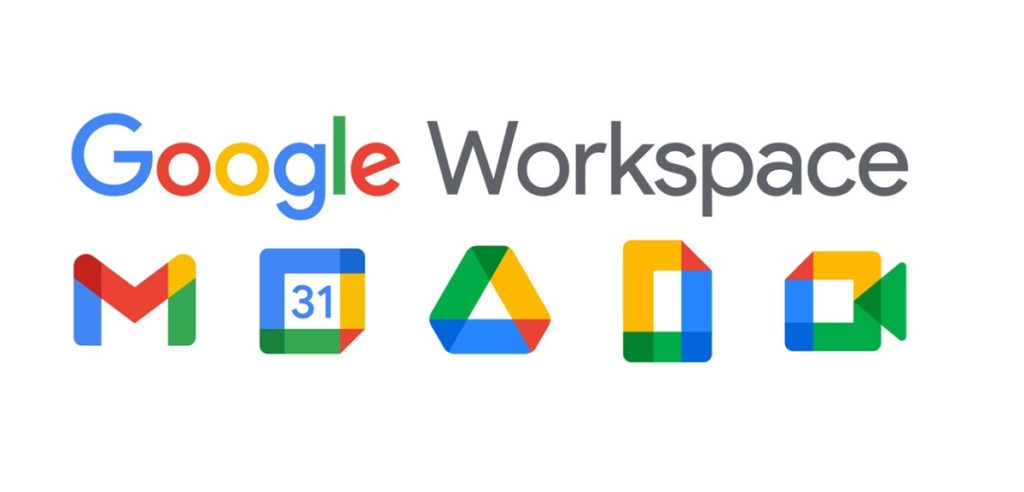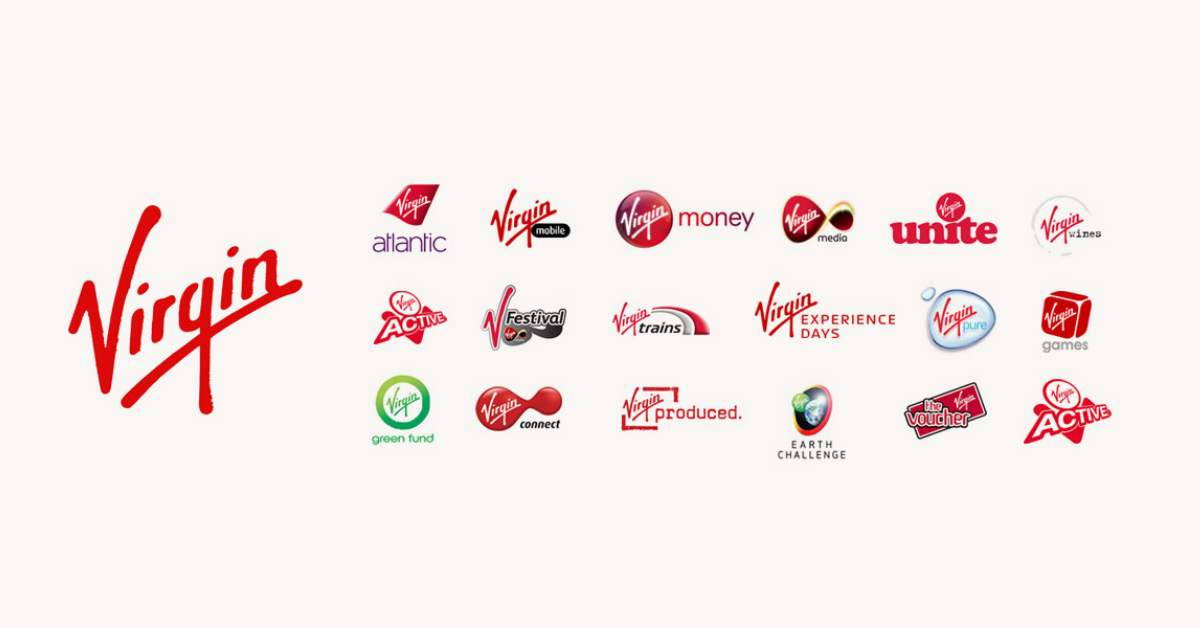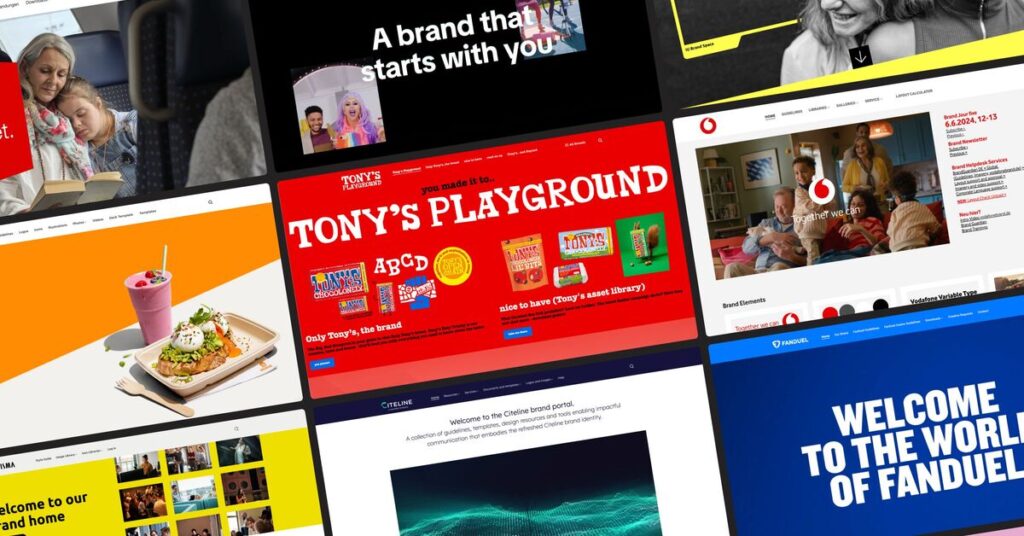In today’s competitive business landscape, establishing a strong brand identity is crucial for standing out from the crowd. Companies often look to brand extension as a way to leverage their existing brand equity and reach new markets. However, brand extension can be a double-edged sword, with great successes and notable failures in the business world. Let’s explore the dos and don’ts of brand extension, examine examples of brand extension failures, and uncover the strategies behind successful brand extensions.

Understanding Brand Extension
Brand extension is the process of leveraging an established brand name or image to introduce a new product or service in a different market segment. When done right, brand extension can help companies expand their reach, increase market share, and capitalize on brand loyalty. However, a mismanaged brand extension can dilute the original brand’s value, confuse customers, and ultimately harm the bottom line.
Types of Brand Extension
Here are a few key types of brand extensions:
1. Line Extension: Capitalizing on Familiarity
Line extension involves introducing new products that are closely related to the existing product line, thereby minimizing the risk associated with new product development. This strategy banks on the established success of the parent brand, offering consumers new variations that they are likely to accept readily.
2. Product Extension: Complementing the Core
Product extension, also known as complementary product extension, is when a brand introduces new products that enhance or complement its initial offerings. For example, a toothpaste brand expanding into toothbrushes can expect a positive reception from consumers who trust the brand for oral hygiene solutions.
3. Expertise Extension: Showcasing Authority
When a brand is perceived as an expert in its field, it can extend its reach into new product categories that still fall under its area of expertise. This strategy relies on the brand’s authority and reputation to gain consumer confidence in the new products.
4. Market Extension: Exploring New Horizons
Market extension involves taking existing products into new markets or demographic segments. This strategy can help brands tap into new customer bases without altering their core product offerings.
5. Geographic Extension: Going Global
Geographic extension is the strategy of taking a successful brand into new geographical areas. This approach can open up international markets and introduce the brand to a global audience.

Advantages and Challenges of Brand Extension
Some of the main advantages of Brand Extension include the following:
- New Audience: By extending a brand into new product categories, companies can shine their spotlight on uncharted markets, attracting a fresh audience and broadening their customer base.
- Financial Gain: Brand extension often translates into financial prudence, with savings on marketing and promotional expenses due to the existing brand’s leverage, leading to enhanced revenue streams.
- Brand Trust: Leveraging the equity of a trusted brand, new products are more readily accepted by consumers, strengthening the loyalty and trust associated with the brand.
- Improved Brand Image: A successful brand extension can revitalize the brand’s image, presenting it in a new light and enhancing its perception among both current and prospective customers.
- Brand Revival: Introducing new products under a well-established brand can serve as a catalyst for rejuvenation, injecting new life and relevance into the brand’s narrative.
The potential challenges with Brand Extension also need to be considered as well when going for brand extension such as the following:
- Loss of Reliability: If not executed with precision, a brand extension can backfire, damaging the brand’s reputation and eroding consumer trust.
- Negative Impact on Brand Image: Substandard products or ill-conceived extensions can adversely affect the core brand’s image, leading to a decline in consumer confidence.
- Competitive Barriers: Entering new markets with brand extensions poses the risk of encountering stiff competition, which can impede the brand’s ability to establish a foothold.
Examples of Brand Extension Failures: Where Things Went Wrong
Some brand extension failures serve as cautionary tales for businesses looking to expand their offerings. One notorious example is Colgate’s foray into frozen dinners with ‘Colgate Kitchen Entrees’ in the 1980s. Despite being a trusted brand in oral care, consumers couldn’t overcome the disconnect between toothpaste and food, leading to dismal sales and a quick exit from the market.

Another notable misstep was the launch of Cosmopolitan yogurt by the popular women’s magazine. While Cosmopolitan had a strong brand following in the world of fashion and lifestyle, consumers failed to see the connection between the magazine and dairy products, leading to a lack of interest and eventual discontinuation of the product.

Keys to Successful Brand Extension
On the flip side, successful brand extensions show us how it’s done right. One prime example is the collaboration between Nike and Apple to create the Nike+iPod Sport Kit. By combining Nike’s expertise in athletic gear with Apple’s technology prowess, the brand extension resonated with fitness enthusiasts and tech-savvy consumers alike, leading to a mutually beneficial partnership that boosted sales for both companies.

Another success story in brand extension is the launch of Amazon’s Kindle e-reader. Leveraging its strength in e-commerce and customer data, Amazon successfully introduced a new product category that aligned with its core value proposition of convenience and innovation. The Kindle became a bestseller, showcasing how a well-executed brand extension can open up new revenue streams and solidify customer loyalty.

Navigating the Path to Brand Extension Success
Brand extension is a powerful tool for companies looking to diversify their offerings and tap into new markets. To achieve success in brand extension, businesses need to be aware of possible challenges, learn from previous mistakes, and take cues from effective examples. A triumphant brand extension emerges from a profound comprehension of the brand’s fundamental principles, a direct connection with what consumers require, and an openness to innovate while managing risks wisely. Adhering to these guidelines can propel your brand to unprecedented levels of accomplishment and expansion in the dynamic commercial landscape.
Key Takeaways
Here are a few pointers to keep in mind while strategizing for Brand Extension Success. To navigate the path of brand extension successfully, it’s crucial to:
- Evaluate your brand equity: Understand the strength and reach of your brand.
- Set clear goals: Define what you aim to achieve with the brand extension.
- Know your resources: Assess the capabilities and assets at your disposal.
- Research market trends: Stay informed about the latest developments in your target market.
- Engage with your current customers: Gain insights from those who already trust your brand.
- Understand your new target market: Learn about the preferences and needs of potential customers.
- Finalize a well-rounded strategy: Develop a comprehensive plan that encompasses all aspects of the brand extension process.
By developing and implementing a strong brand strategy, and by adhering to these principles, and learning from both triumphs and setbacks, your brand can flourish and make a lasting impact in the marketplace.
Bottomline
The Big Picture here is that a successful Brand Extension demands a deep understanding of the brand’s core values, a strategic alignment with consumer needs, and a meticulous assessment of market dynamics. When navigated with foresight and precision, brand extension can be a transformative strategy for growth and innovation.
Also Read: CVS Health Steps into Brand Consumables Line with Well Market



